With dreamy landscapes and an out-of-this-world feel, it’s not surprising that the Golden Circle tour is considered one of the best things to do in Iceland..
The 300-kilometer (186 miles) road loop east of the capital Reykjavik neatly fits in a Viking heritage site, impressive geysers, lagoons, waterfalls and more.
Better still, especially for those using the volcanic island as a brief stopover between North America and Europe, it can be done in a day as part of a bus tour or self-drive excursion.
There’s a downside though.
That ease of access, and the ethereal allure of this geological wonderland, means the Golden Circle can get a little busy, particularly when the tour buses arrive.
Not only that, but in following that well-worn trail, visitors could be missing out on equally stunning, but somewhat more hidden marvels elsewhere in Iceland.
To help, we’ve put together a guide to the Golden Circle that offers alternatives to the big attractions for those with extra time on their hands and adventure on their minds.
Þingvellir National Park

Þingvellir, or Thingvellir as many people pronounce it, is a national park and an extraordinary first stop on the Golden Circle tour.
Here, under what looks like the solid ground of Iceland, the North American and Eurasian tectonic plates are splitting apart a few centimeters (an inch) each year, meaning that eventually the island will be pulled in two at this spot.
Þingvellir also holds cultural and historical value for Icelanders – it’s here that the Althing, the national parliament of Iceland, was established in 930 AD, making it the site of the first Viking parliament.
Sessions were held until the end of the 18th century, when the parliament moved to Reykjavik.
While it’s rugged and filled with boulders, ravines and creeks with crystal-clear water, it’s easily accessible by trails.
Gullfoss
The Gullfoss (Golden Falls) waterfall takes its name from the fact that on sunny days the water really does look golden.
The river Hvítá plunges into a deep gorge here, and Gullfoss is difficult to see at first when approaching – it appears that the river simply vanishes into the earth before reaching the edge of the gorge. It’s an epic sight, looking just as good from close up as it does from the viewing spot overlooking the falls. The booming cascades of water are thankfully loud enough to drown out the sounds of tourist-operated drones shooting video overhead.
In the early 20th century there was talk of building a hydroelectric power plant over the falls.
Sigríður Tómasdóttir, the daughter of the man who owned the land, loved the falls so much that she threatened to throw herself into the water if the plant was built.
She also went barefoot on a protest march to Reykjavik, a walk of 120 kilometers (75 miles) on unpaved roads.
Her protest ended successfully – the power plant was never built, and there’s a small memorial to Tómasdóttir and her love for the waters at the top of the falls. The land around the waterfall was later sold to the state of Iceland, and is now a protected area.
Strokkur and Geysir at Haukadalur
The unruly surface of Iceland is easily accessible at the geothermal area of Haukadalur, a smoldering landscape of geysers that has been attracting attention since an earthquake in 1294.
The biggest geysers here are Strokkur and Geysir itself, which lends its name to all the other explosive hot springs around the planet.
Dependable Strokkur erupts every five to 10 minutes; Geysir, however, erupts rarely. Thanks to visitors in the early 20th century who kept throwing stones into it to trigger an eruption, it’s now almost completely blocked.
There are around 40 smaller hot springs and mud pots nearby. Tour guides like to show off the ground’s heat by baking bread directly on the hot earth.
Skálholt Cathedral
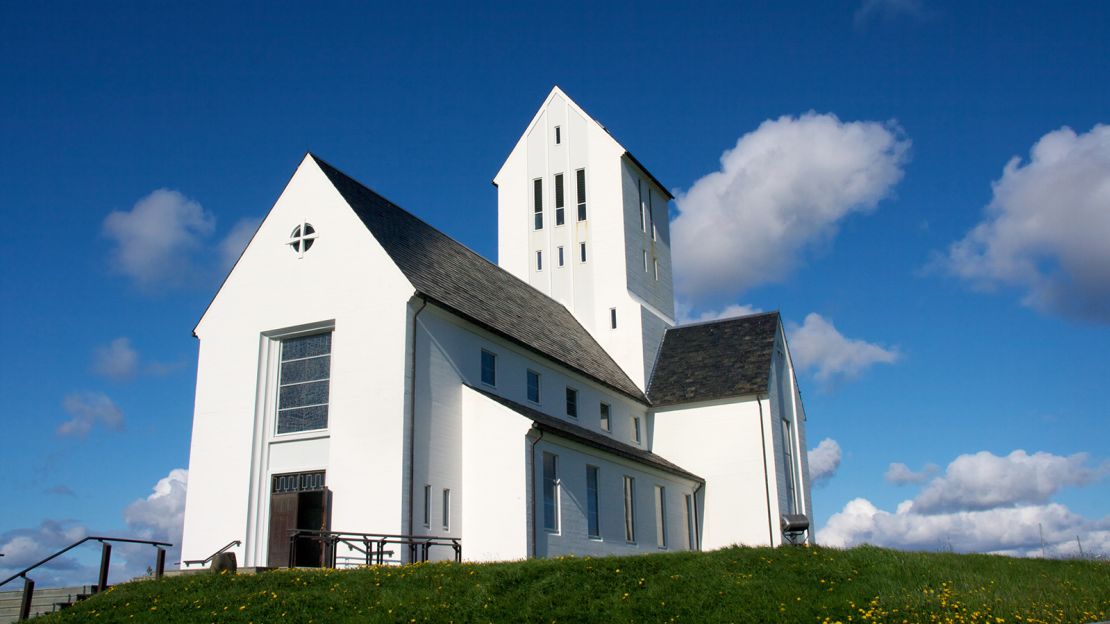
Skálholt Cathedral is an important structure in Icelandic history, having been a bishop’s seat since 1056, and the location of the country’s first school.
It’s also the site of the bloody ending of Catholicism in Iceland in 1550 when the last Catholic bishop was executed here along with his two sons, clearing the way for the Lutheran church.
The current Cathedral is large compared to most Icelandic churches, and its white walls and tower can be seen far away. Visitors can stay overnight in dormitories and cottages in summer, and classical concerts take place here in July.
Nesjavellir geothermal power plant

Many streets in Reykjavik are heated in winter thanks to the geothermal fields around the city which provide a supply of hot water straight from the ground.
Some of the water comes from the foothills of the active mountain Hengill on the Golden Circle route.
The geothermal areas here are among the most powerful high-temperature fields in Iceland, and are processed by the Nesjavellir plant, which is open to visitors.
Perched in the hills, it looks more like a moon base than a power plant, and it’s equally fascinating to learn about the way the water is processed here. That sulfur-smelling hot water in the hotel shower in Reykjavik? It’s probably also from Nesjavellir.
Secret Lagoon
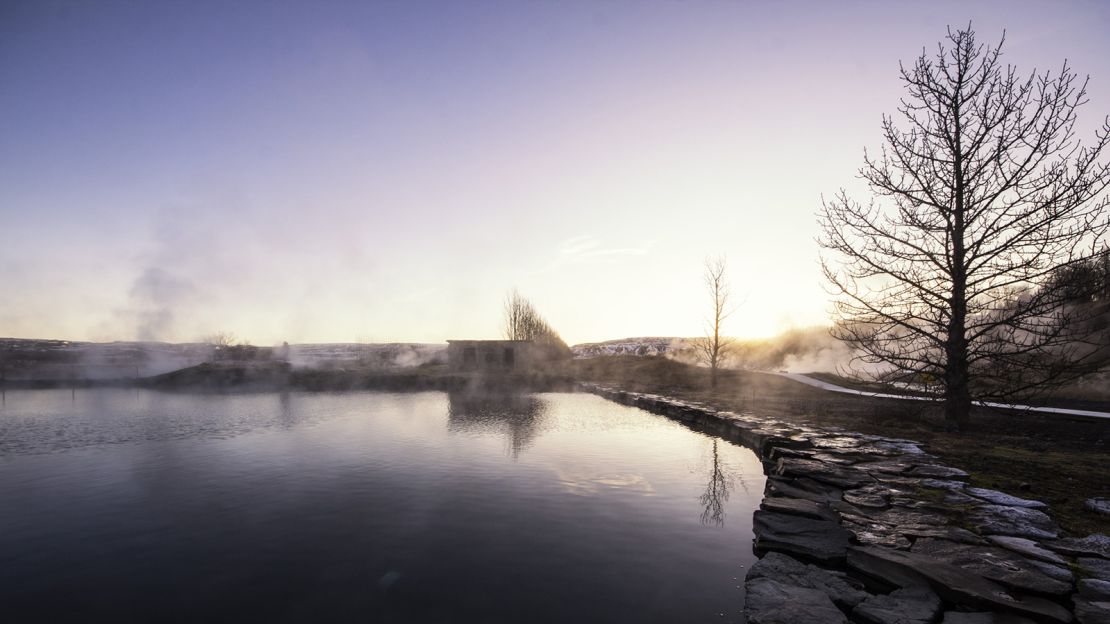
A dip into the geothermal waters at the Secret Lagoon, a public pool built over natural hot springs in the small village of Fludir completes the Golden Circle loop.
The name is misleading. It’s not really that secret anymore, but it’s still a relaxing way to end a busy day.
The water here stays at 38-40 C (100-104 F) throughout year, and there’s even a small geyser visible from the pool which erupts every five minutes. Visit in winter and there’s a chance of seeing the Northern Lights while bobbing in the hot water.
Beyond the Golden Circle
After knocking off the Golden Circle classics, it’s worth livening up any Icelandic adventure with a few bonus outdoor wonders a bit farther from Reykjavik.
Here are three extra spots to add to the Nordic adventure:
Reykjanes Geopark
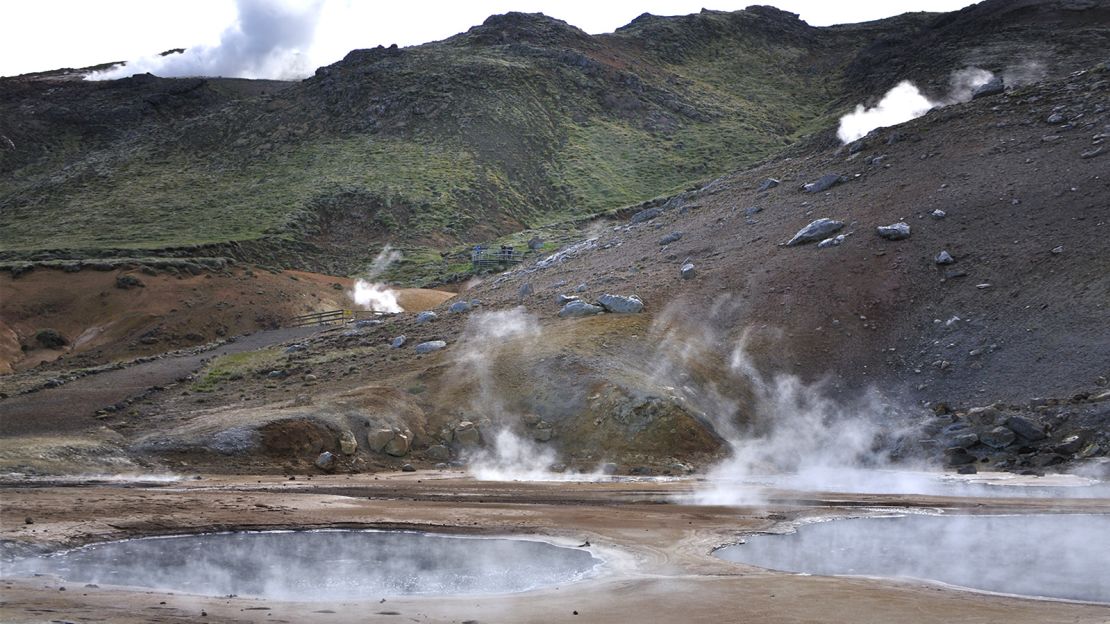
The Mid-Atlantic ridge comes ashore on the Reykjanes peninsula between Reykjavik and the international airport in Keflavik.
The newly opened Reykjanes Geopark is one of the only places on earth where it’s visible above water. The park is home to breathtaking geological formations – including the geothermal area of Gunnuhver, where the ground is constantly erupting with boiling mud and hot steam wafting across silica hills.
Geology here goes back many millennia, with the last series of eruptions on the Reykjanes Peninsula beginning around AD 1000. Fittingly, Gunnuhver is named after a ghost that allegedly plagued locals 400 years ago.
Ásbyrgi
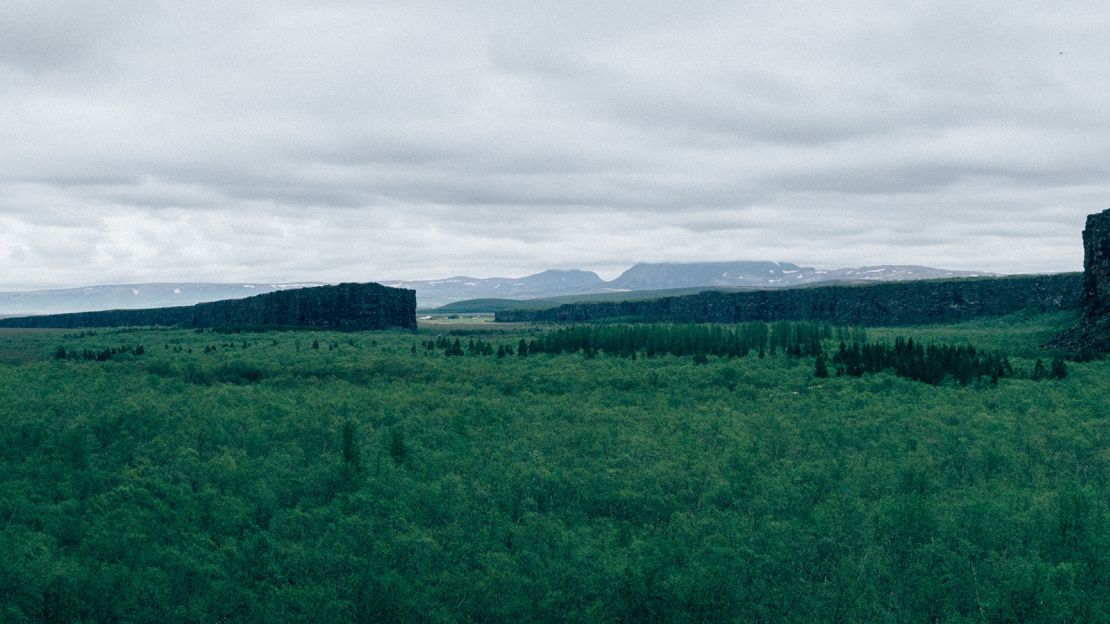
Ásbyrgi canyon lies in northern Iceland, about an hour’s drive east of the northern city of Húsavík.
The horseshoe-shaped depression is part of Vatnajökull National Park and, for over half of its length, the canyon is divided by a distinctive, 25-meter-high (82 feet) rock formation called Eyjan (Island), where hikers can enjoy spectacular views.
Ásbyrgi was formed by glacial flooding after the last Ice Age, about 10,000 years ago. The wooded canyon with steep cliffs up to 100 meters (328 feet) is popular with hikers and locals camping here in summer.
A rare wooded area on a volcanic island, visitors to Ásbyrgi can hike up to the cliffs or even play a round of golf on the nearby course.
From the cliffs, one might even glean the mythological origin of the canyon: according to legend the canyon was formed when Odin’s eight-legged horse, Sleipnir, touched one of its feet to the ground here.
Hraunfossar
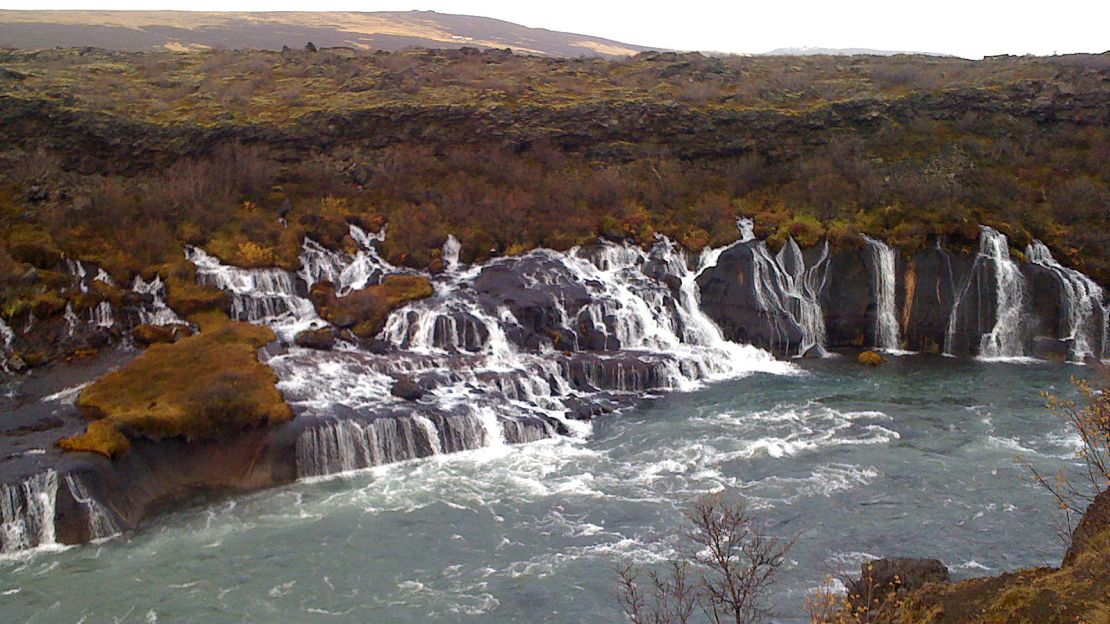
Cameras ready? Hraunfossar, near Reykholt in western Iceland, is a series of beautiful waterfalls streaming over a distance of about 900 meters (2,950 feet) out of Hallmundarhraun, a porous lava field.
The waterfalls pour into the Hvítá river from ledges in the hardened lava, flowing dramatically out from what looks like solid ground.
Just upstream is another smaller waterfall called Barnafoss, or waterfall of children.
Marcel Krueger is a German writer and translator based in Dublin and Berlin. He mostly writes about history, travel and beer – or all three combined.

















